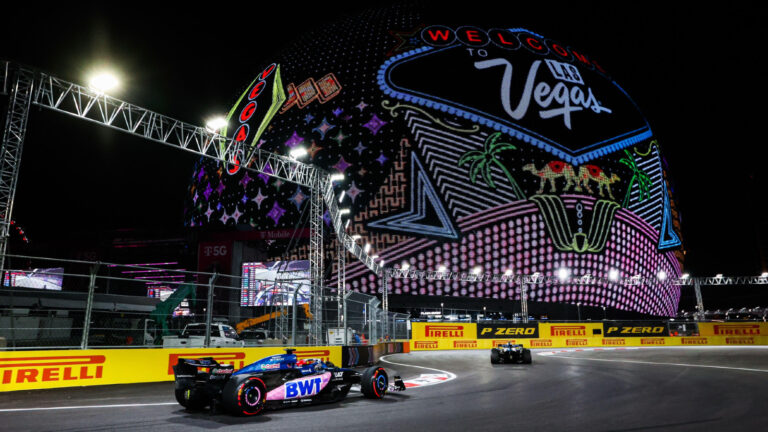A 113-page report analyzing the pros and cons of hosting the Las Vegas Grand Prix in the city has been reviewed by Clark County authorities.
Last November, the first modern Grand Prix was held in Las Vegas, with F1 itself serving as host and promoter for the first time, and the championship holding its third race in a single season in the United States.
What was the economic highlight of the Las Vegas GP?
Last week, officials debriefed a huge report prepared by various Clark County agencies, and the economics of the report were compiled by the Las Vegas firm Applied Analysis.
The report said the Las Vegas Grand Prix generated the largest global television audience in Las Vegas history, with a total economic impact of $884 million.
This includes $77 million in state and local taxes, the highest amount ever recorded for a single event in Las Vegas.
Reports from gambling companies and casinos were mixed, with some reporting higher numbers of wealthy customers, while others reported that the race weekend scared off patrons.
However, there were many challenges and obstacles. The report details various government agencies, law enforcement agencies, and reported utility issues, including water departments, fire departments, and public transportation.
County staff spent 17,000 hours creating the Grand Prize, with 89 percent of its cost paid for through licenses, fees and permits.
The biggest disruption was the construction of the tracks, which took a total of nine months and included resurfacing county-maintained roads and adding cement fire walls, lighting and safety features to the tracks.
The disruption required detours on bus routes, affecting up to 25,000 riders a day and causing delays of “up to” 60 minutes.
Betsy Fretwell: We are working to address many of the issues that have been highlighted.
Other issues highlighted in the report included a lack of clarity over which F1 body oversees which areas of the organization. FOM, FIA or LVGP companies. The report also highlights various issues such as delays in permit applications, sudden changes in plans within the organization, and some infrastructure facilities operating without proper permits.
The report also highlights that 12 manhole covers are still awaiting upgrades to bring them up to code, one of which came loose in a dramatic practice event last year that left Carlos Sainz's It follows a dramatic incident that took Ferrari through the roof.
Preventing corrosion of manhole rings has also been highlighted as a necessary issue before this year's race.
As reported earlier this year, some local business owners near and at the racetrack are seeking compensation, claiming they have lost millions of dollars in revenue due to the construction and detour.
However, the preparations and disruptions for the 2024 event are not expected to be too extensive, especially since the course does not require any resurfacing work and no resurfacing work is taking place. Executive director Betsy Fretwell said she was well aware of the challenges the organization would face. We are preparing for our first event.
“There were no surprises in that report,” Fretwell said.
“We were already working to address many of those issues. Collaboration with counties has also increased and efficiencies have been improved. [and] Strengthen our communication.
“It was complicated because it was a new event and it was a street circuit,” she said. “We need to make sure all these businesses open and close.”
Read next: Toto Wolff reveals Mercedes W15's breakthrough despite continuing correlation issues


